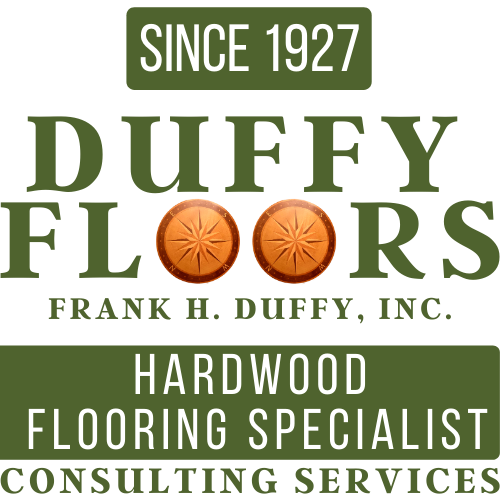What You Need to Know About Water – Damaged Wood Floors: Prevention, Restoration, and Maintenance.
Edited October 10, 2023
Step One: Addressing Water Damage to Hardwood Floors
When facing the aftermath of flooding caused by ice dams, faulty appliances, burst pipes, or other unexpected incidents in your home or office, the first critical step is mitigating water damage to your hardwood floors. Swiftly stopping the source of water is paramount. Equally crucial is the immediate implementation of measures to dry the affected hardwood floors. This may entail the use of fans, blowers, and dehumidifiers. Ultimately, the goal is to restore and refinish your valuable hardwood floors.
Understanding the Impact of Water Damage on Hardwood Floors
Water damage can lead to a condition commonly known as “cupping” in hardwood floors. This occurs when excess moisture permeates the hardwood, primarily affecting the unfinished underside of the boards. As a result, the bottom of each board expands more than the top, leading to a distinctive wavy appearance and raised seams between individual courses of hardwood.
Step Two: The Drying Process for Hardwood Floors
One of the most challenging aspects of addressing water-damaged hardwood floors is the patience required during the drying process. If your hardwood floors exhibit a cupped, washboard-like appearance, there is hope that they may gradually flatten over time, potentially negating the need for replacement. After allowing your water-damaged hardwood floors to dry for approximately one week, consider consulting a professional hardwood flooring contractor. The contractor will conduct moisture tests, and based on the readings, additional waiting time may be necessary for subsequent tests.
Once the moisture content in the damaged hardwood boards stabilizes, and moisture readings remain consistent throughout the affected area, you can proceed with either repair or refinishing. It is imperative to avoid sanding the hardwood floors before they have adequately dried, as premature sanding can lead to the opposite of cupping, a condition known as “crowning.”
In severe cases of water damage, hardwood floorboards may raise up from the floor by 4-5 inches. In such instances, it is likely that the hardwood floors will require complete replacement. When excessive water has saturated an area, prompt removal of the water-damaged hardwood floors and thorough drying of the area are essential before laying down new hardwood flooring.
Step Three: Restoration, Replacement, and Refinishing of Hardwood Floors
The final step involves the restoration of the shine and luster to your cherished hardwood floors. The extent of the damage will dictate the necessary course of action. In some instances, a straightforward refinishing of the hardwood floors may suffice. Other scenarios may require patching to replace the damaged hardwood boards before refinishing. In the most severe cases, the removal and replacement of the entire hardwood floor may be necessary.
Proactive Measures to Prevent Future Water Damage to Hardwood Floors
While certain causes of water damage are beyond our control, there are proactive measures you can take to prevent accidental water damage to your valuable hardwood floors:
Swiftly clean up any water spills or pooled water on your hardwood floors. Immediate action can minimize or eliminate potential damage.
Maintain your hardwood floors by ensuring they have a protective coating of polyurethane, which reduces susceptibility to water damage.
During cleaning, avoid excessive water or cleaning solution usage on your hardwood floors. String mops should be avoided, as they tend to hold excess liquid. Exercise caution to prevent excessive moisture absorption by the grain in the wood.
Regularly inspect your plumbing and fixtures, and when in doubt, consult an expert to ensure fittings and fixtures are in proper working order. Always rely on professionals for appliance installations.
When away from home, consider having a neighbor or friend periodically check your house, especially during the winter months, to ensure proper heating and address any potential issues. For extended absences, consider turning off the water main to your home as a precautionary measure.
For further insights into the effects of water damage on hardwood floors, watch our informative videos.

